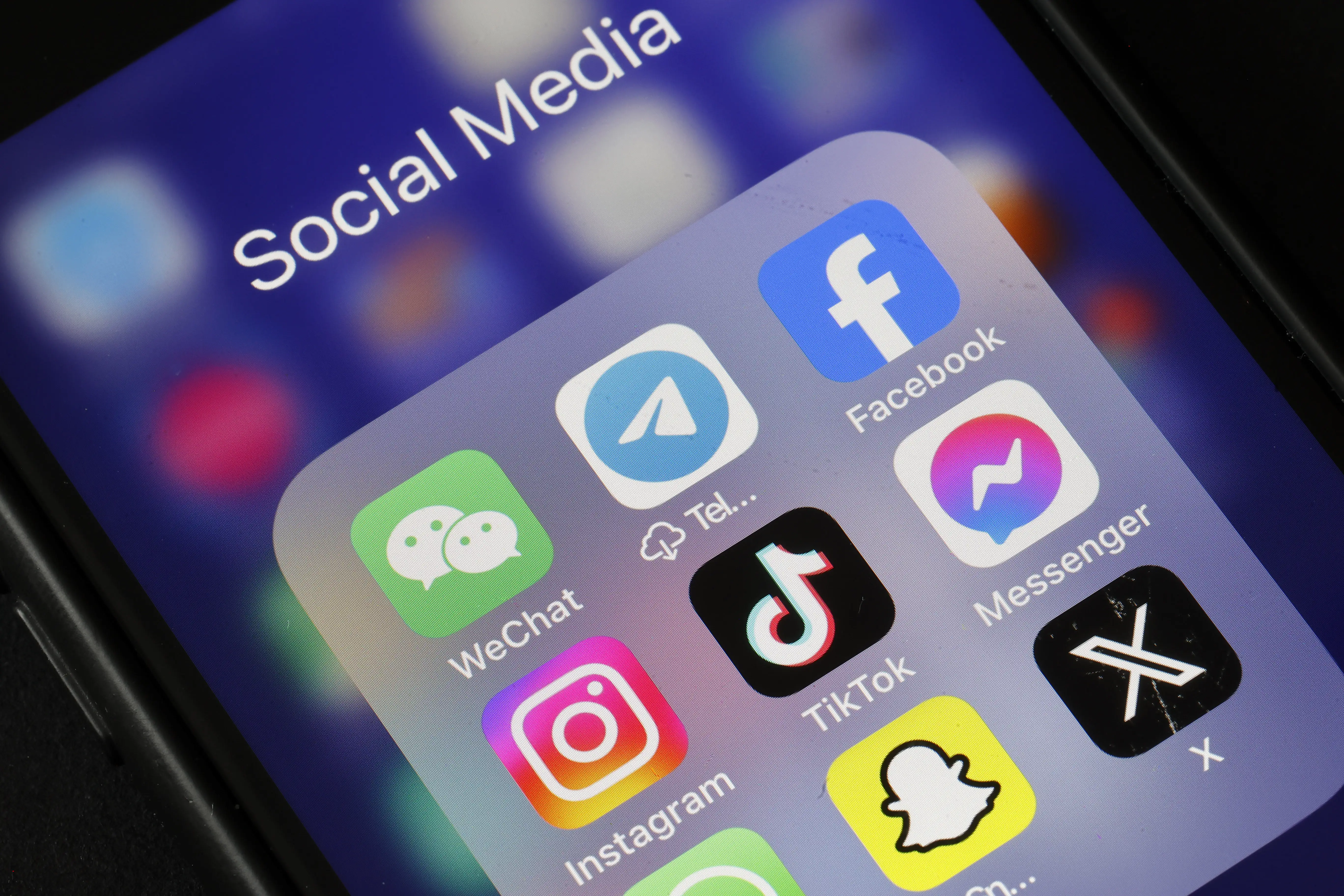
Health & Medicine
Your phone, your emotions and everyday life

The Australian government’s plan to ban kids from social media overestimates the tech available to limit access and overlooks the benefits
Published 18 September 2024
The Australian Government wants to ban kids from social media – but will it work and is it a good idea?
Teaching children to use technology appropriately is not a new challenge for parenting. However, what has changed over the last two decades is the explosion of social media that aim to hook children into dopamine-fuelled cycles of scrolling and sharing.

While the jury is out on the precise nature of the danger, at a minimum, children are at risk of spending their precious years on apps that do little to aid their development.
The government believes the danger is so acute that it is proposing drastic measures: social media platforms would be banned from serving children. Instead, social media platforms must use “age-assurance” technologies to keep kids out.
So what is the proposed “age assurance technology”?
Well, the government is yet to disclose details, but is set to run a trial later this year, and has mentioned face identification as one possible tool.

Health & Medicine
Your phone, your emotions and everyday life
This lack of detail is unsurprising. Computer scientists have yet to develop any age assurance technology that is simultaneously private, accurate and reliable.
The best computer programs for age detection use AI. If you give the best of these programs a picture of someone’s face it will make a guess that is, on average, within about five years of someone’s true age.
So your 13-year-old, it might guess, is 18 or vice-versa: denying access to an adult, while permitting access to a child. These errors would be routine, making the tech not fit for purpose.
Ok, so let’s rule out age detection as it isn’t accurate enough – what about asking for ID?

The government has made multiple announcements recently about digital IDs. But the fact remains that there exists no digital ID platform available to children in Australia. The only reliable identity documents children usually have are birth certificates.
Requiring teens to upload their birth certificates to access social media raises significant data security and privacy concerns. On top of this, it would require parents or other responsible adults to also upload their IDs so that platforms can be sure of the people they are serving.
In the wake of the massive Optus and Medibank data breaches of 2022, giving away more of our data is unlikely to appeal to adults and kids may not be aware of the risks.
Another option is for sites to require you to log in via something similar to myGovID – but this would let the government know every site you access. A privacy nightmare.

Politics & Society
How the toxic went mainstream
Fancier techniques that (in theory) could hide a portion of your details create far more risks than rewards.
But even if we had a workable way to prevent children from accessing social media, is that even a good idea?
Think about queer or trans 13-year-olds growing up in regional Australia. Social media allows these kids to connect with their peers across the country, providing a lifeline for this community that is all too often marginalised.
Finally, at a time when school teachers are reporting that boys are being targeted and indoctrinated by misogynist influencers at alarming rates, banning them from mainstream social media risks pushing an impressionable group onto even less reputable platforms – where they are more likely to be exposed to toxic content and ideas.

So instead of blanket bans, we should be encouraging tech companies to develop better tools to help parents educate their children.
We should arm parents with information for them to filter and curate the content their children see. Social media is not going away.
The path forward is to engage with technology in a way that makes our lives, and our childrens’ lives, more fulfilling, safe and diverse.